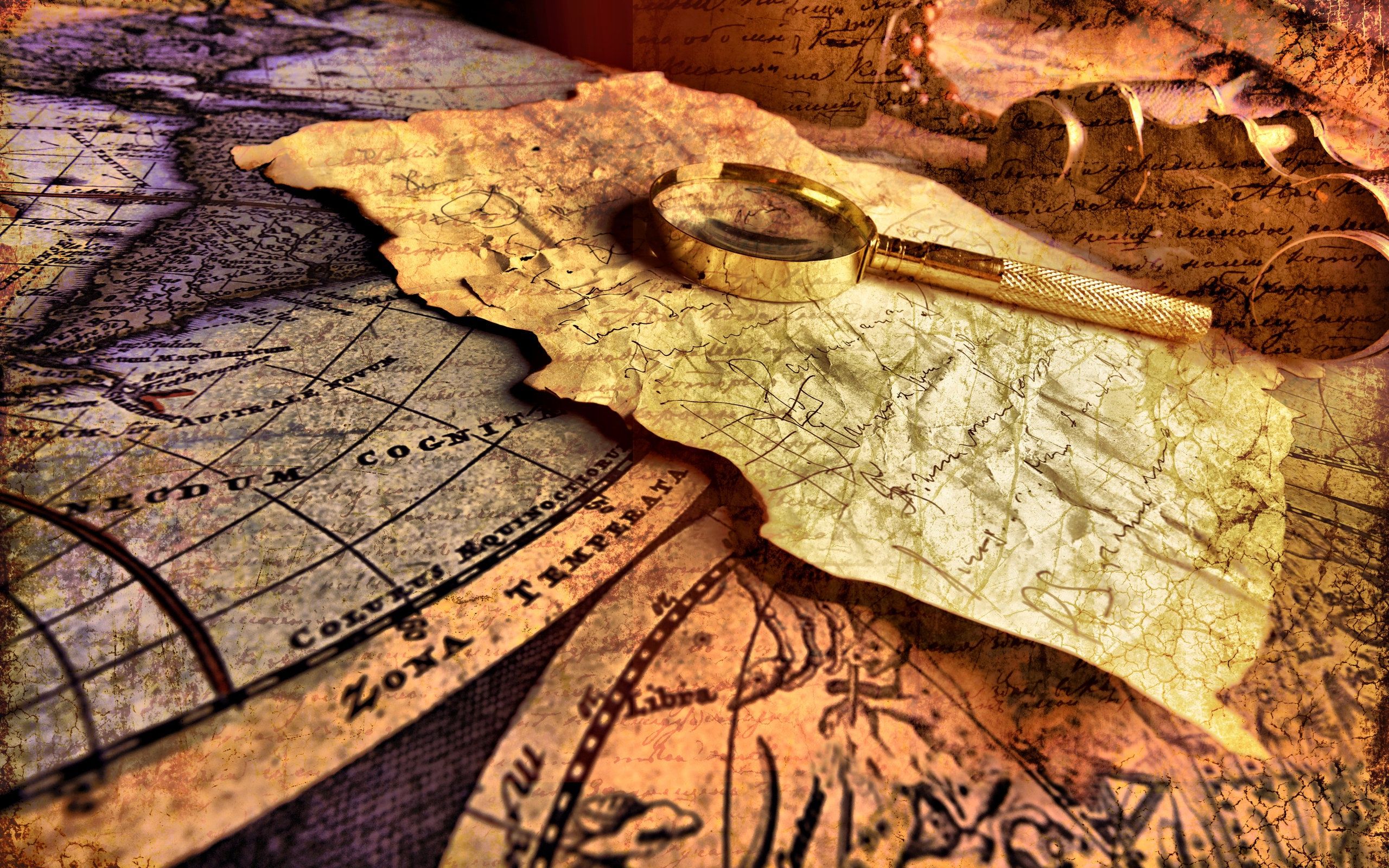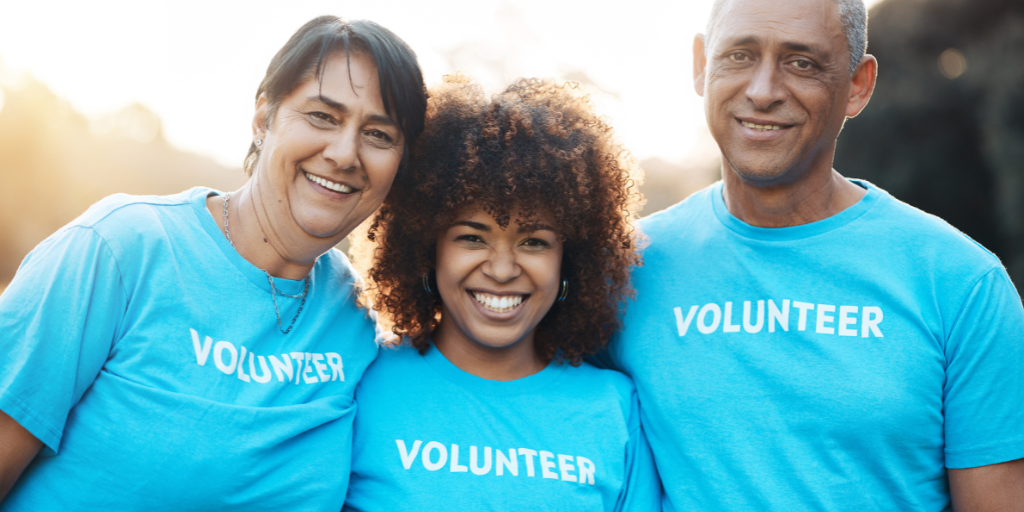“The donor journey is a fabulous piece of thinking as it helps charities to see all of their programmes mapped out; how each programme can draw prospects from other programmes, offering donors new propositions, products and gift levels.” – Tony Elischer
Mapping the donor journey is a great organizational process to help your non-profit better understand its donors and improve its processes. That being said, when mapping the donor journey the goal is not to just string events together, but also to think critically about your donor engagement. How you map the donor experience will determine how your donors will engage with your organization from the first moment of contact to regular routine activities like monthly newsletters.
Here are four critical questions that you can use when it comes time to map your donor journey:
1. What do you already know about your key audiences?
Gather as much information as possible about who your target markets are, including demographic information as well as lifestyle questions. What are they passionate about? Where do they hang out? What do they drive? Knowing and understanding your brand like this can make a huge difference when mapping your journey.
2. What are all of the touch points these supporters receive upon first learning about and then researching your company?
Facebook? Twitter? Phone calls? Website?
Who do these people talk to when they call your organization? What does that conversation sound like?
The more detailed information you can get about the way donors are greeted by your organization, the better. This way you will understand the first impression that that donors receive when reaching out to your organization and your team can become aware of ways to guide this impression to be the best it can be.
3. How do donors become aware of the opportunity to donate?
Once you outline how they are introduced to your organization, how is it that they are gently guided to donate? List all of the ways – including the large donate button on your website, the ask that is sent out in an introductory letter, and/or the phone conversation that occurs. Are there any roadblocks present in this part of the journey?
4. Where do your supporters interact with your company once they’re “in the system”?
Once a donation is made, how do we keep communicating with donors? How are records kept and who is in charge of this? Make a map of all the various touchpoints that a donor would receive in the first year that they have donated using one of the donor journey map outlines that we used in our last blog post here.
These four questions allow you to see clearly the various stages of donor engagement, and hopefully any opportunities and/or roadblocks that appear among those stages.
A few points to keep in mind when doing this exercise:
1. Make sure to customize
Take the time to talk with your team about the fundamental needs of your specific organization. Donor mapping is simply a model. Take it one step further, and strip the map down to its most basic elements. With what does your organization struggle? If, for example, it has trouble retaining new donors, then make sure you focus on Donor Appreciation and Retention in the welcome program.
Make sure your team discusses and clearly identifies the priorities of the organization. Ask yourselves what improvements will have the most impact on the bottom line or what will best improve donor engagement.
2. Be realistic
A critical question is what can actually be implemented – as most organizations must deal with limited money, time and resources. While it is great to have grand plans and big aspirations, we all must work within the confines of reality.
Sit down with your employees and triage your donor map. Which parts are most important to your organization? Which parts are most urgently needed and then which parts would be a great bonus? (Needs vs Wants).
3. Set goals
Once you have worked out what you can accomplish with your organization’s resources, pick one or two goals to accomplish for the fiscal year and begin to implement.
[Make sure you also pick out one or two secondary goals that you can work towards for the future, making sure these are not forgotten!]
*Some thoughts above originated from our readings here: http://blog.see3.com/customer-journey-mapping-nonprofits/






